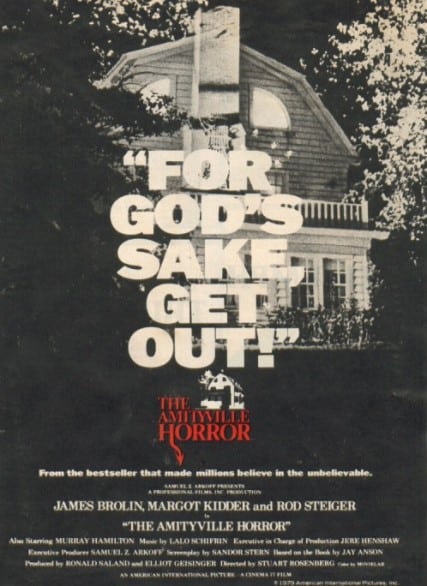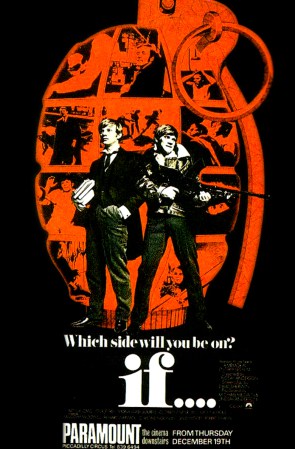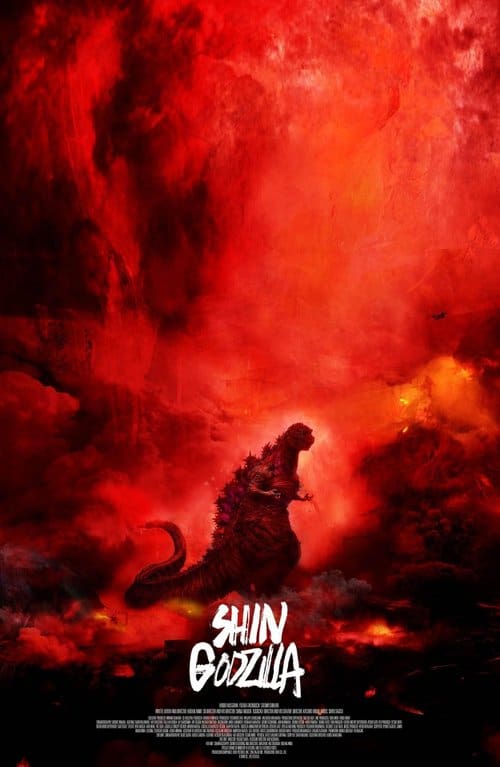
Home is supposed to be safe, comforting, “where the heart is.” Horror films push against this, perhaps none more famously than The Amityville Horror, in which Lalo Schifrin’s score shows us that home is where hell is.
Schifrin makes frightening one of the core aspects of the home: children. The score’s main motif is a lullaby hummed by a demonic children’s choir, perverting innocence. Although this may not have been completely novel (for instance, Komeda famously used lullabies in his score for Rosemary’s Baby), it fits perfectly with the film’s premise. That which is at the core of family life becomes dangerous and malignant.
The sounds of children carry a feeling of naivety. Their tune is playful, as if unaware of its portentous nature. In the same vein, the occupants of this haunted house largely remain ignorant of their house’s evil. In both instances, the listener/viewer is aware of the danger and its causes, dramatic irony that raises tension throughout the film.
Although the evil is tied to the house, its residents cannot escape. Schifrin repeatedly uses rapidly ascending strings, flighty and untethered. The freeform nature of these moments juxtaposes with the claustrophobia the family and viewers alike face a freedom mocking the captivity that permeates throughout the film; the music is unbounded and limitless while the house’s deep-seated evil slowly encloses in on everything nearby, trapping them with its presence.
Schifrin’s score for The Amityville Horror simply oozes evil, ensuring that the home becomes a living hell.



